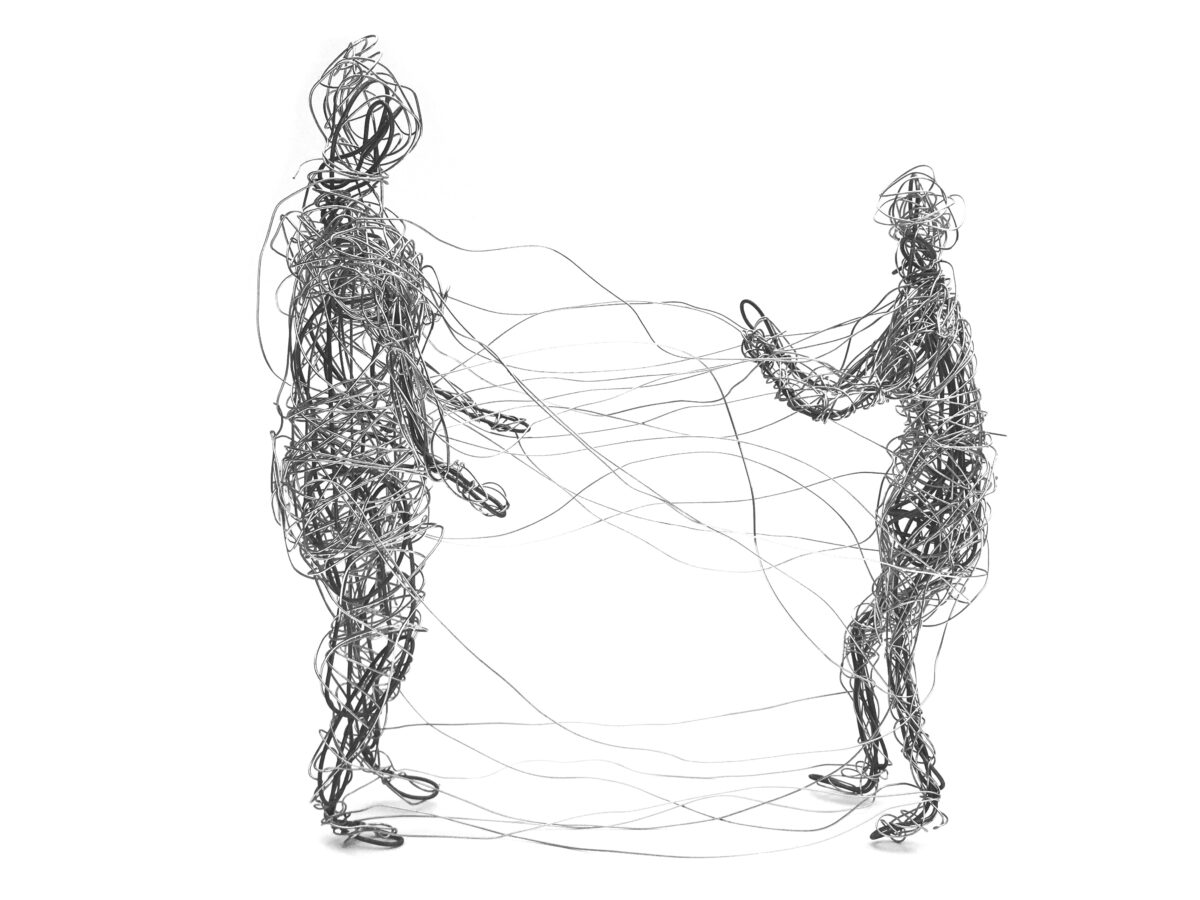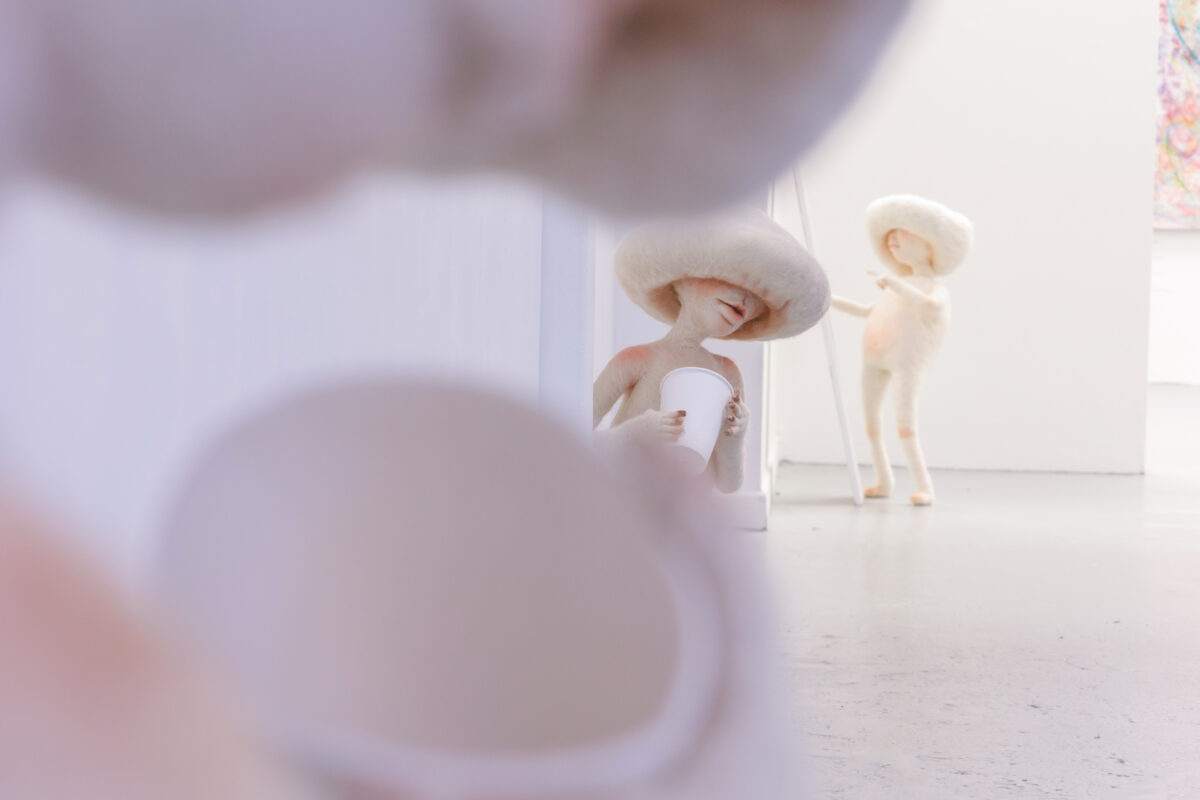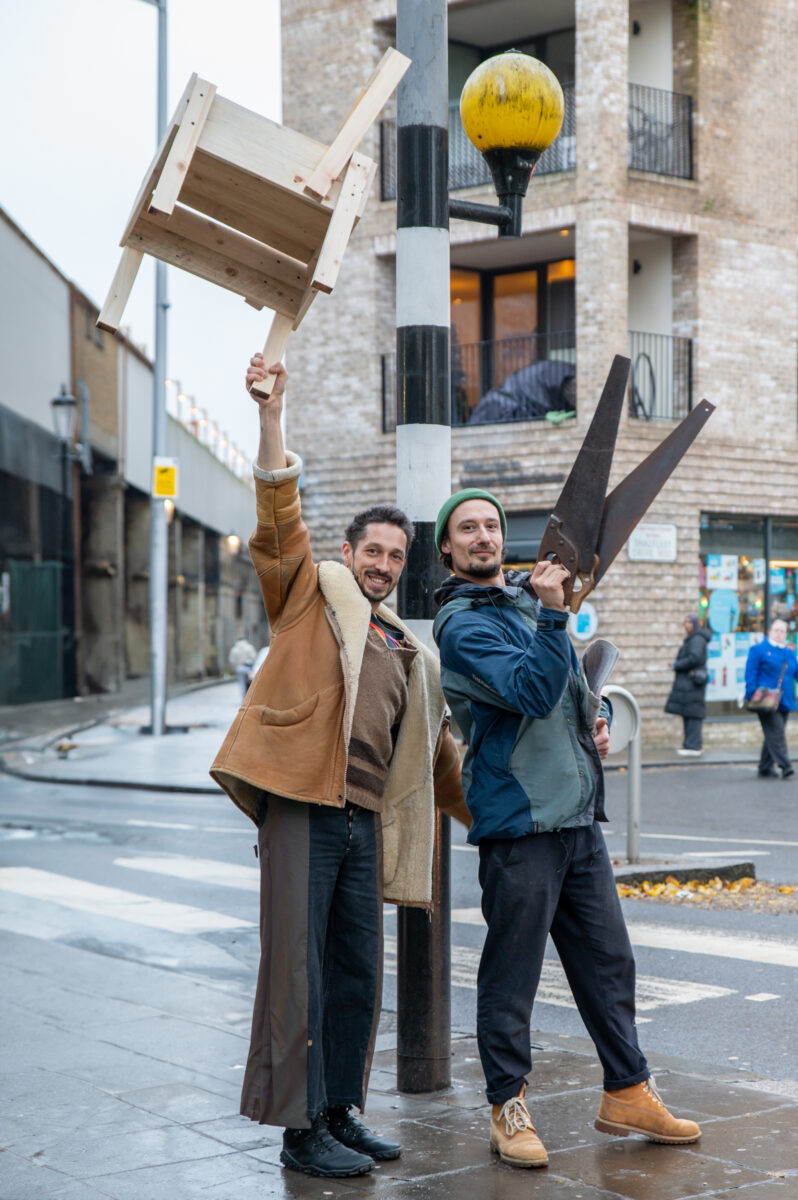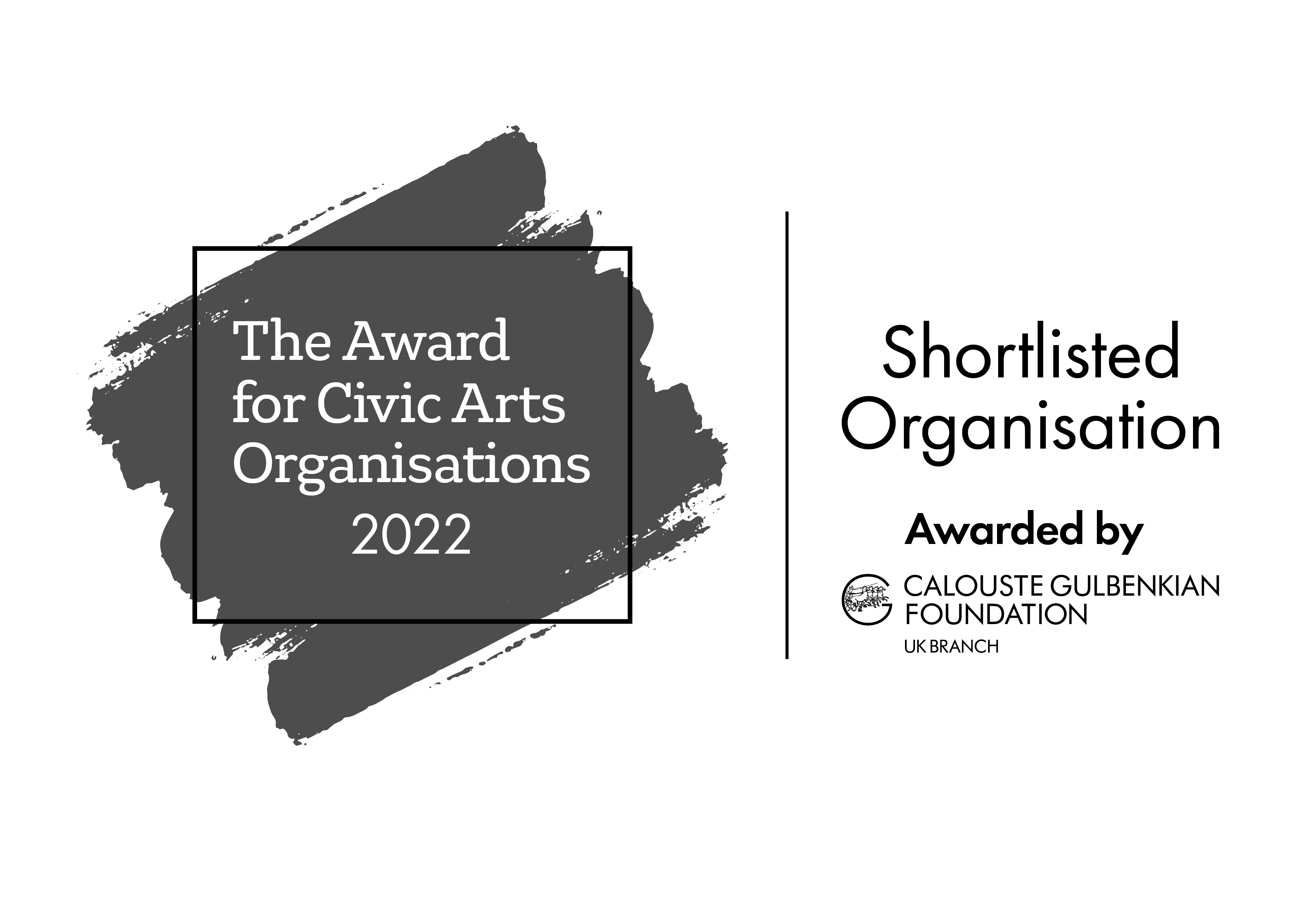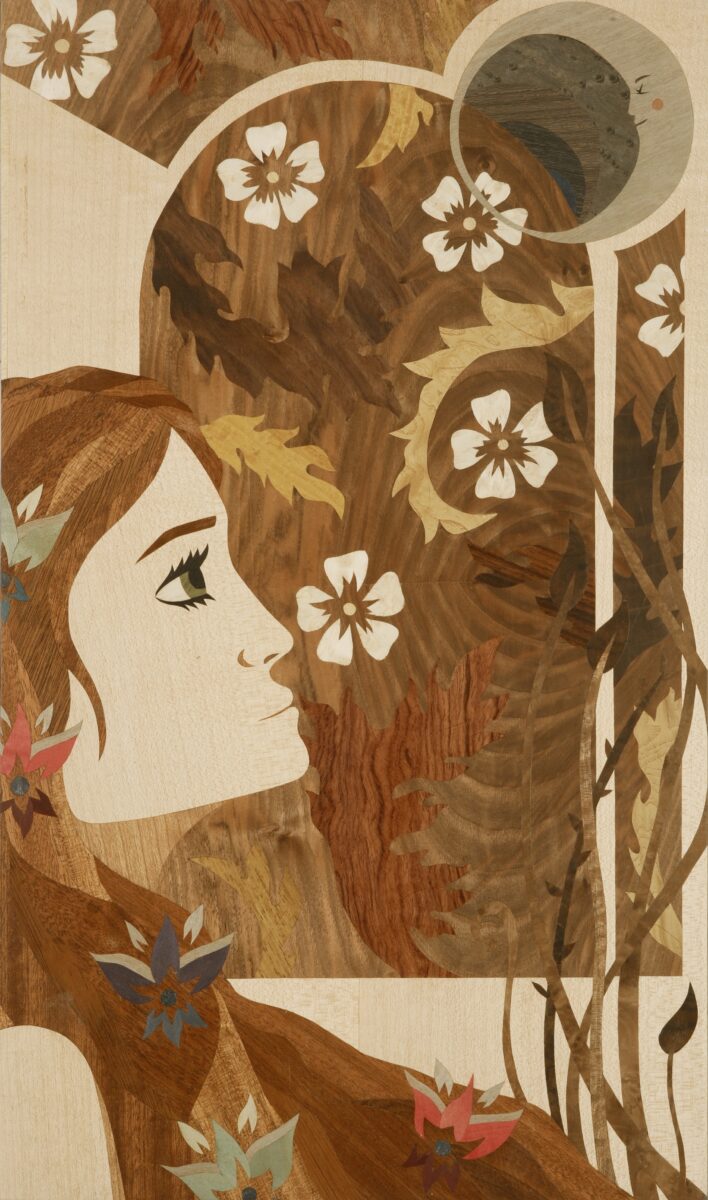
Meet our artist community: Q&As
Part of an ongoing series, members of our artist community share insights about their work, their stories and their relationship to ACAVA. Visit this page to read more.
Amber Bailey is one of eight highly skilled artists and makers who worked with ACAVA in 2023 to run Make and Reuse Creative Workshops, a series of free creative courses inspired by the circular economy and sustainability. Learn more about Amber’s contemporary marquetry course here.
Read on to learn more about her studio practice, current projects and plans for the future.
Name
Amber Bailey
Art practice
Marquetry
Would you like to tell us about yourself?
I’m 31, British, go by the pronouns she/her, and grew up in Sussex in a large creative and practical family.
What kind of art do you make?
My specialism is marquetry (pictures out of wood veneer) which I normally use on homeware. I also work with acrylic to create jewellery for museum shops.
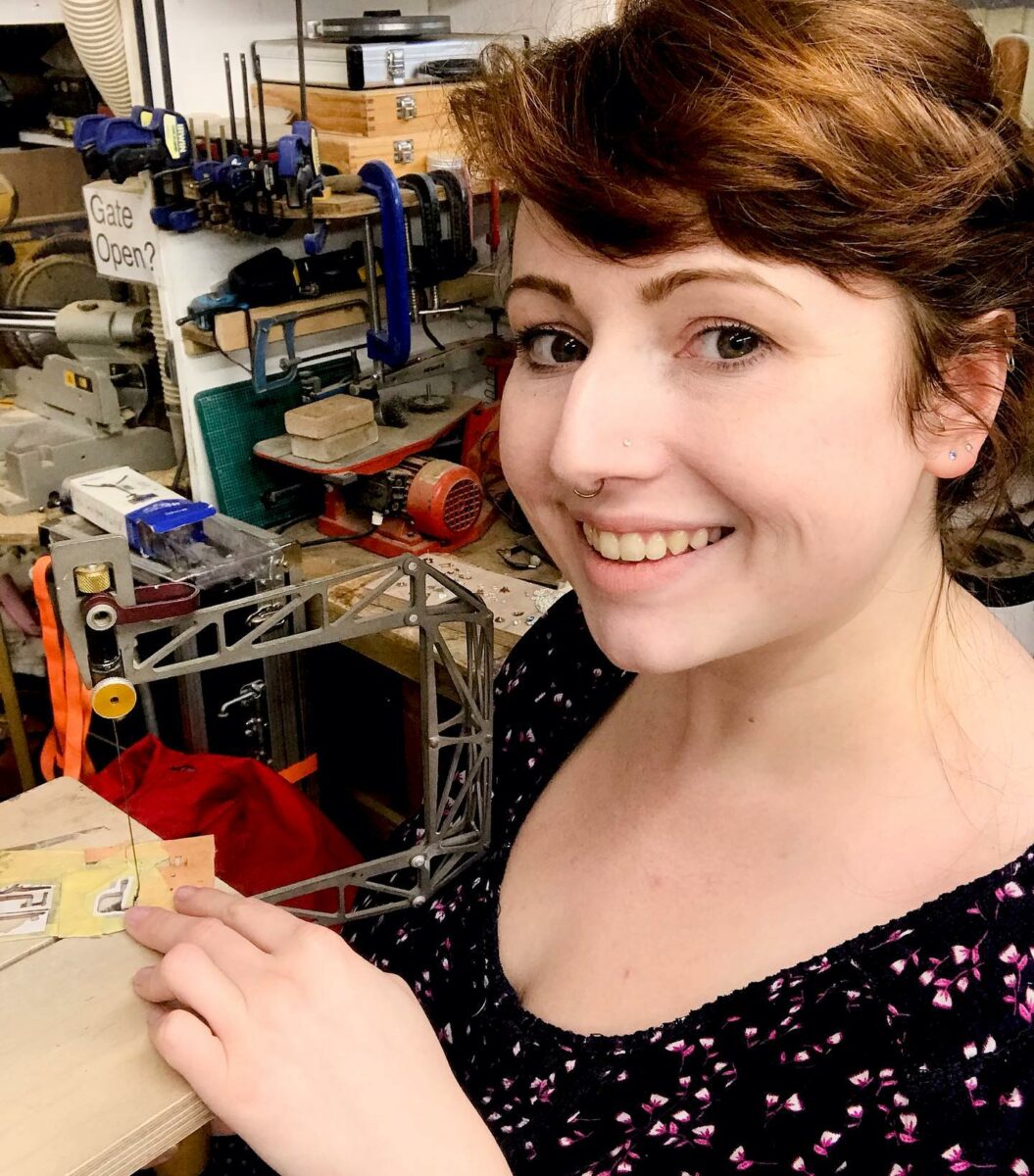
What themes are you interested in?
I struggle with settling on themes although my marquetry tends to be geometric or abstract. Working with museums means they get to decide the theme and I get to try out as many obscure ideas as they suggest!
Who are your artistic influences?
My favourite designer is Gordon Russell. Every aspect of his work was considered, such as beautifully designed dovetails and hardware. He was also chairman of the Utility Design Panel. Utility is my favourite style of furniture but it was also very important for its influence on future furniture design.
Hugh Longhurst is my artist-hero, he was a Welsh artist who spent his latter years in the village I grew up in and used to teach art to my siblings and I. Hugh was a huge influence on us and our artistic styles, we learnt colour theory far earlier than any of our classmates. My style of drawing is very scruffy as a result of him never letting me rub out my mistakes, I was told ‘It’s all part of your drawing now.’
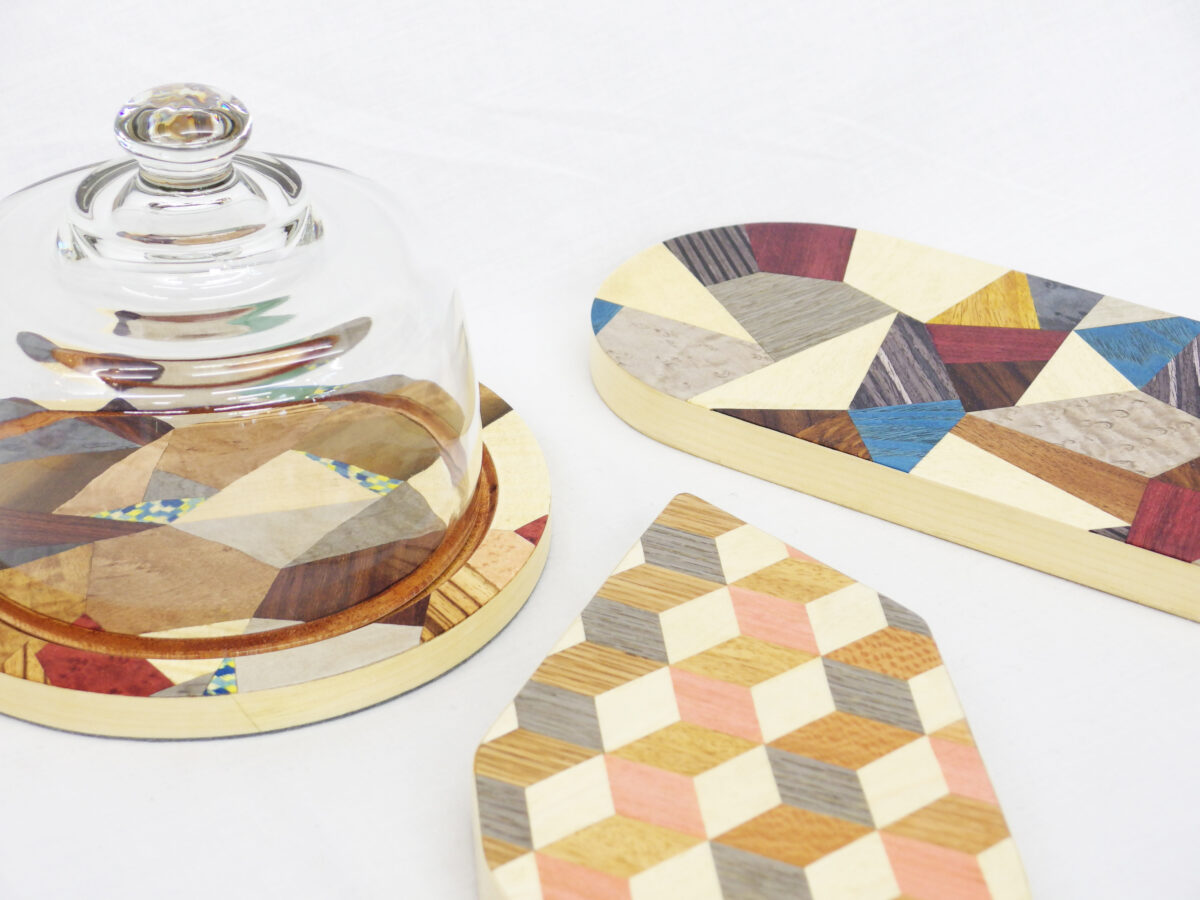
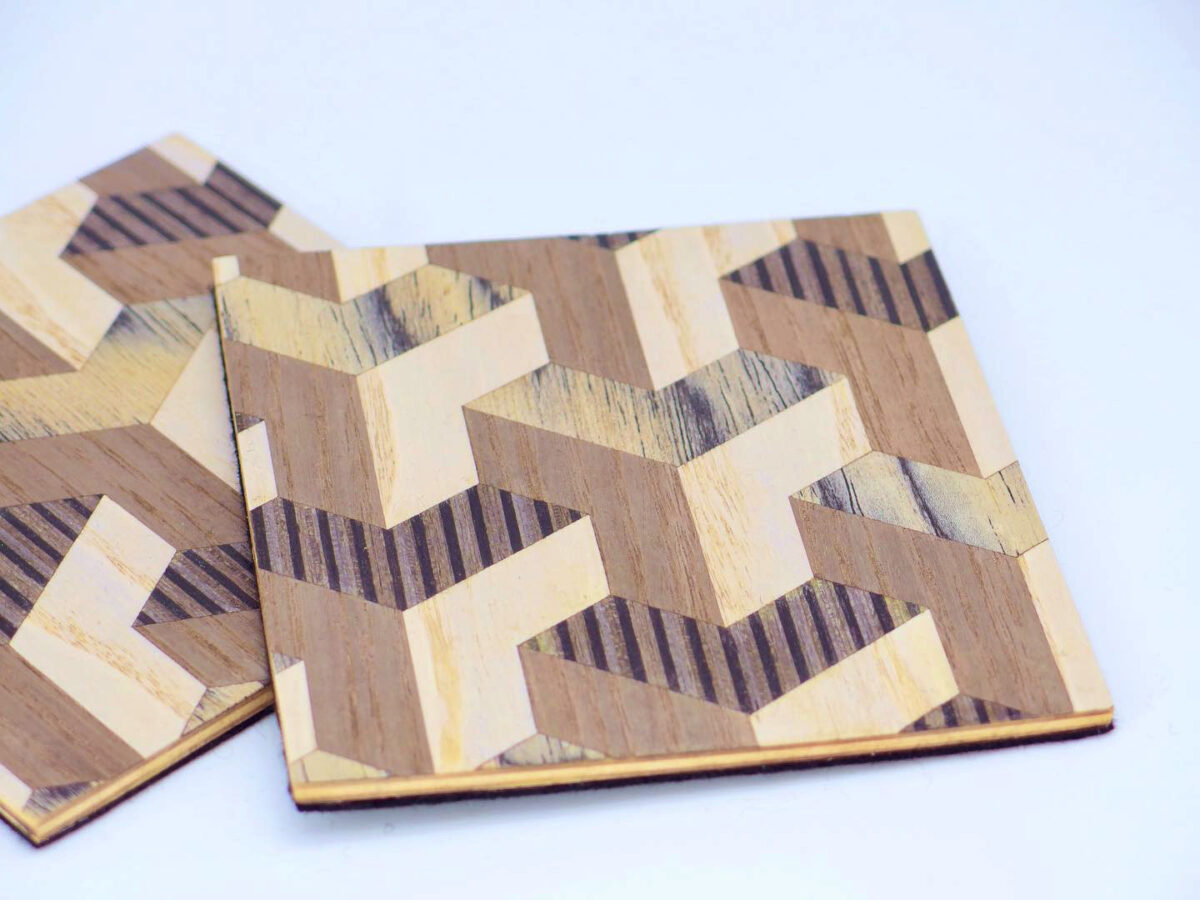
What inspires you to make art?
My parents always encouraged us to be creative, we were never taught to relax so it is now an impulse to keep creating!
What inspires you to keep making art?
It is definitely about the process for me, it can be very therapeutic. I also love making ordinary things beautiful – no boring coasters and doorstops in my house!
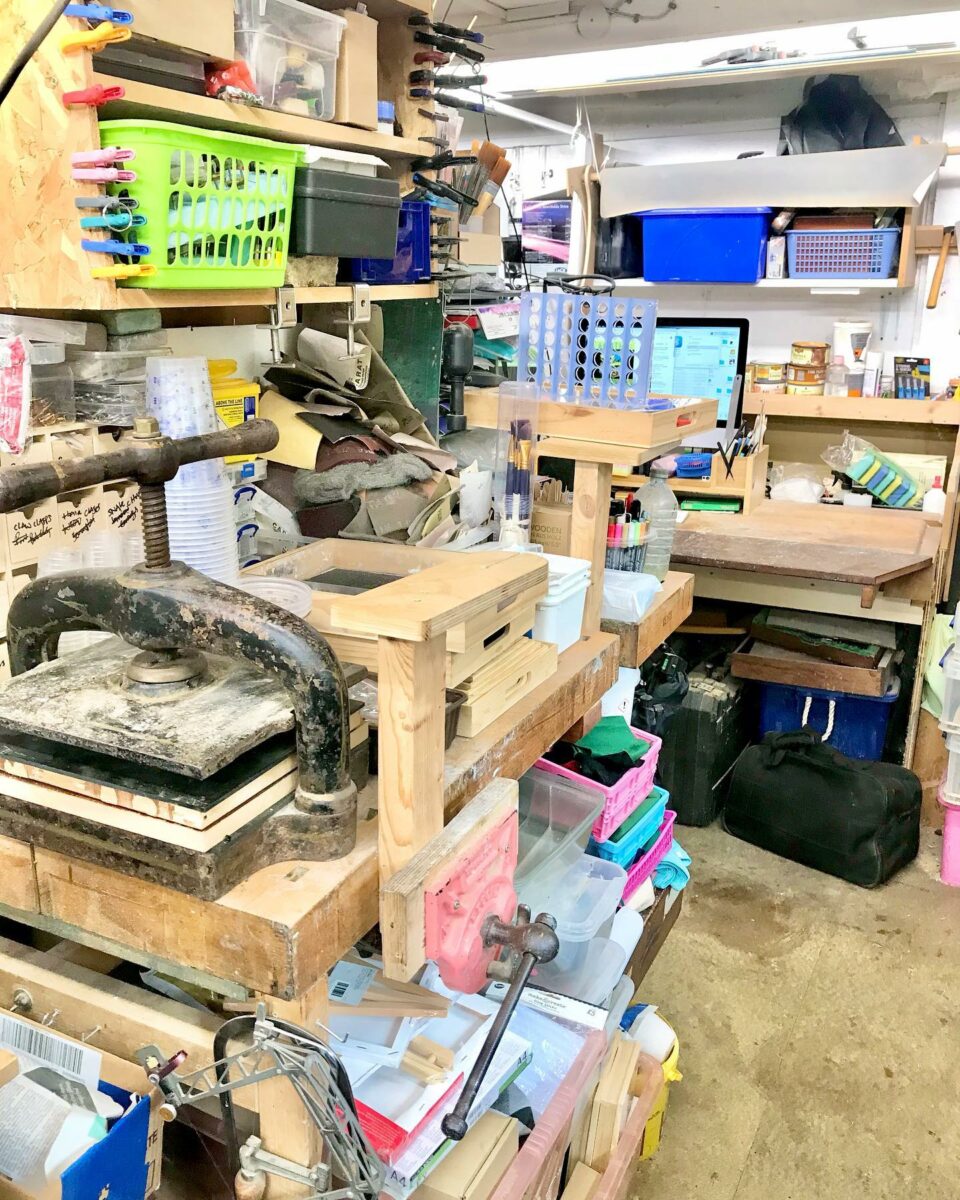
Did you study art?
I was introduced to marquetry during my art foundation and it defined the course my life would take. I went on to formally train in Furniture Conservation and Restoration in High Wycombe, Britain’s once ‘Centre for Furniture’, before studying French Marquetry at École Boulle, Paris. Afterwards, I worked for a high-end furniture company in Wales using laser-cut marquetry, before moving into self-employment.
What materials do you use? What do you like about those?
The main materials I work with are veneer and acrylic, however I also teach crochet and mosaic.
Can you tell us about your artistic career so far?
My career has involved a bit of everything. Straight out of university, I began taking on restoration clients before working for a high-end furniture company. I then decided to focus more on my work creating homeware and jewellery, this has gradually gone from selling straight to customers (lots of fayres and online platforms) to working directly with cultural and heritage sites for them to sell on to their customers.
This last year I decided also to take on more creative teaching as I have found I love it, I love passing on skills and seeing others reap the benefits, it also tests a different part of your brain, I’m having to remember things that I have let fall by the wayside for many years. I now work for adult learning facilities across Kent and Sussex and charities and social enterprises.
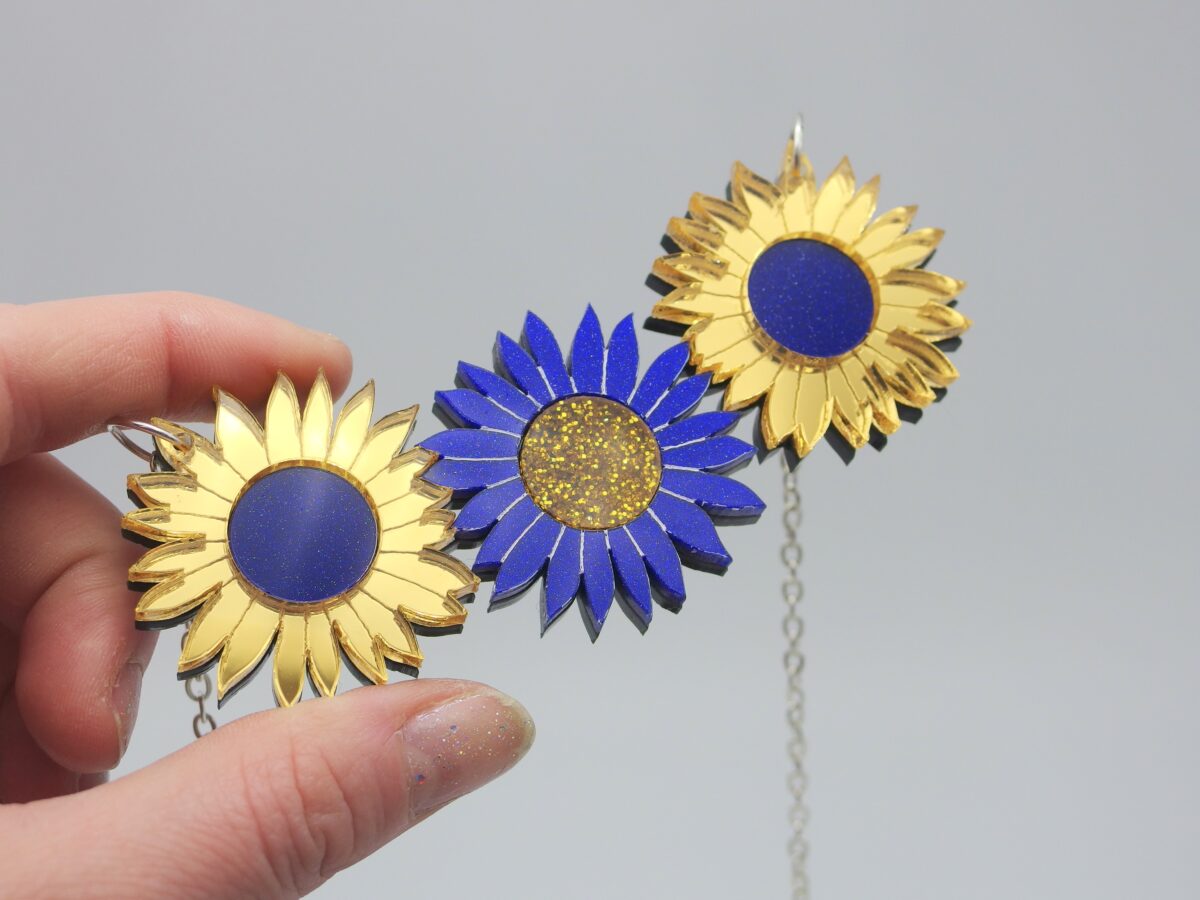
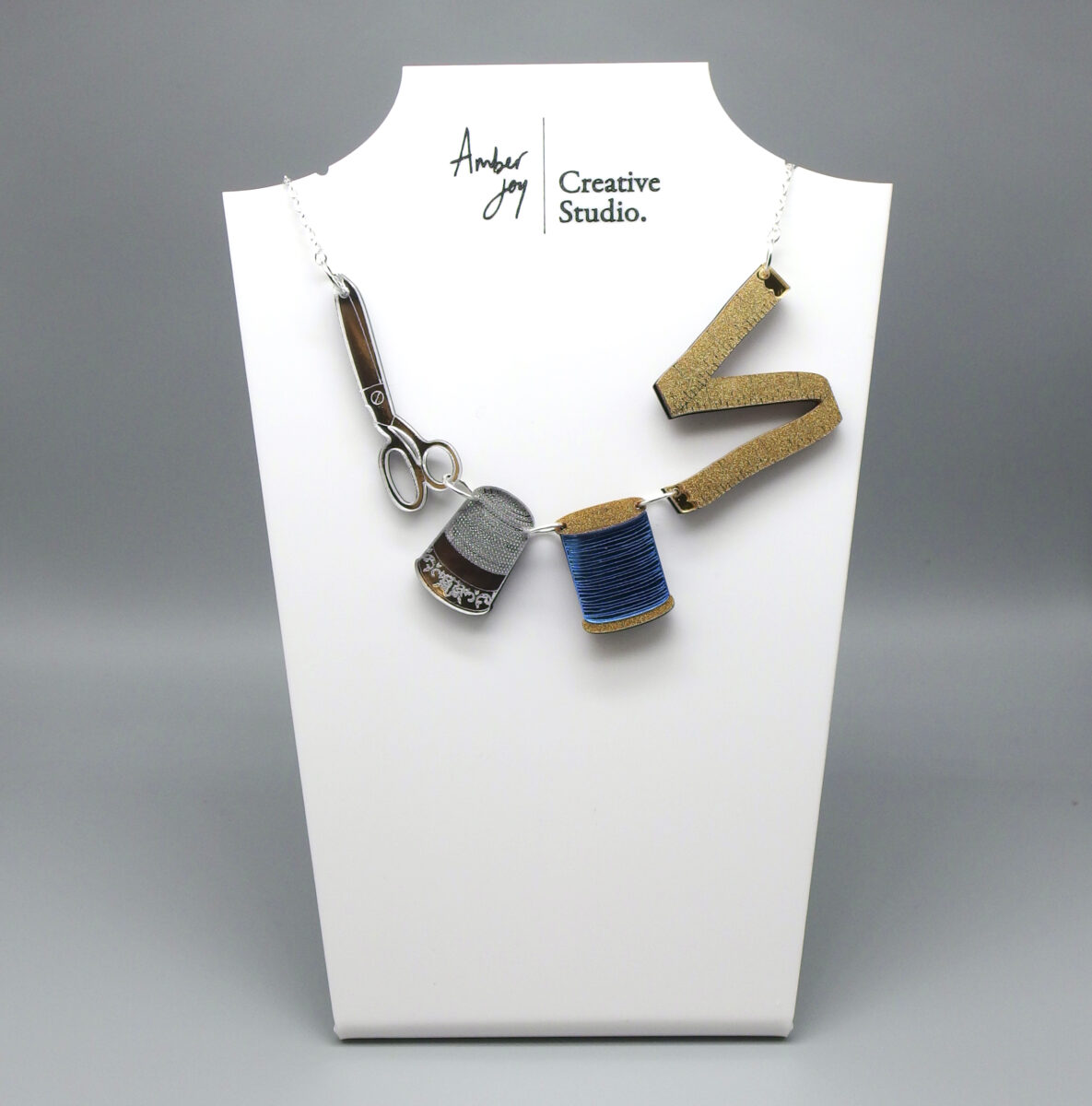
Do you collaborate with others? Who with / how?
I work directly with cultural and heritage site shops such as the National Theatre, Coventry Cathedral and the Royal Pavilion. Initially, I used to always approach sites but they are now starting to find me on social media or seeing my work in other shops.
Where do you want to take your art next?
Next year I am determined to try to do some more big-scale marquetry artwork and get into galleries.
What advice would you give to new artists starting out?
Get used to rejection. A lot of people are too scared to share their work due to the fear of rejection but the worst-case scenario is that people won’t like it, that’s it. If you are approaching places to sell and they don’t go for your work, in most cases they will provide a short professional answer, they aren’t going to go out of their way to be cruel. Rejection doesn’t mean your work is bad, it may be that it isn’t the right fit, or they already have something similar.
What’s the best piece of advice you’ve been given as an artist?
Not everybody is your target audience. People who are critical aren’t your target audience, even people who are fans on your social media but don’t spend money, although lovely, they still aren’t your target audience. The ones that spend money are your target audience. It’s very easy to concentrate your energy trying to please the wrong people.
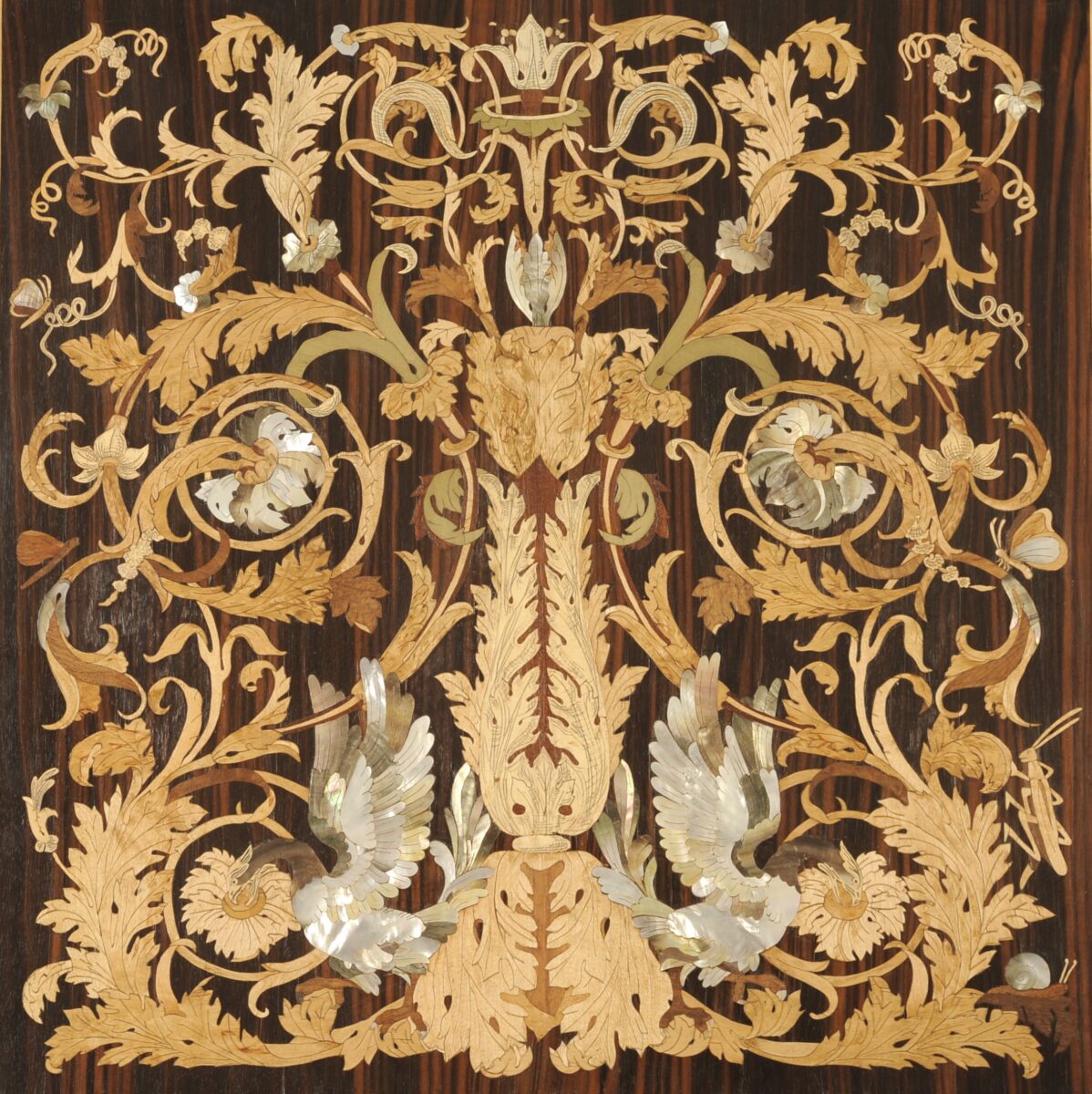
How has creativity impacted your life?
Physically it has left me with a lot of damage to my hands and slightly deaf in both ears! But it is also the reason for all the places I have lived in, and studied at and all the relationships and friendships I have made along the way.
How has having an art studio impacted your practice?
Having an actual dedicated space to work is very important and can become very sacred. My studio/workshop is my safe space.
Do you have any upcoming shows or events?
The next thing for me is several exciting museum collaborations but I am not allowed to say more than that for now I am afraid!
How would you describe your workshops?
I hope informative! I try to create a safe and relaxing space. I work with people from all types of backgrounds and skill levels, so I try to adapt the teaching and outcomes for each participant.
I am also such a lover of craft and teaching that you probably get a few boring facts thrown in!

